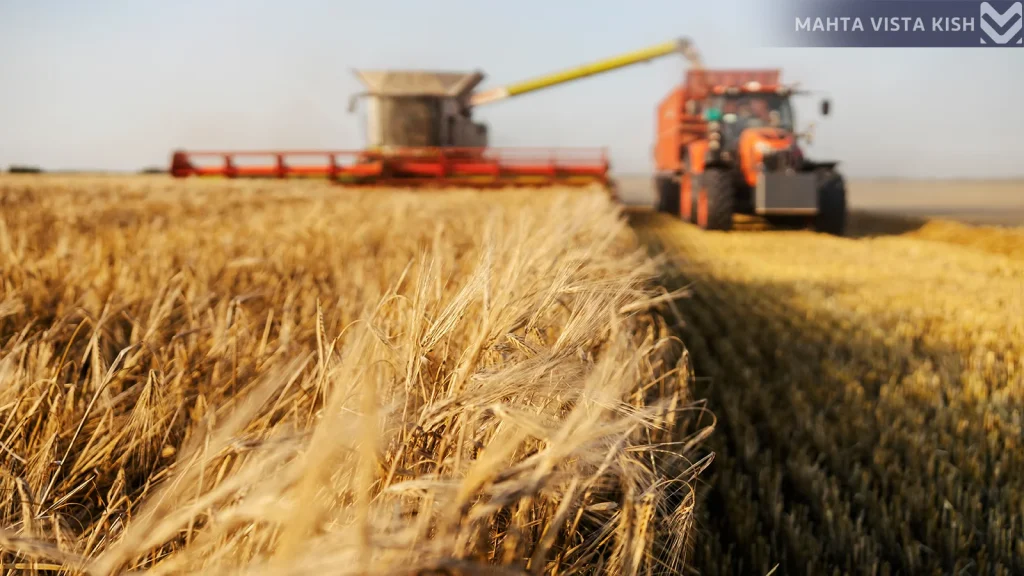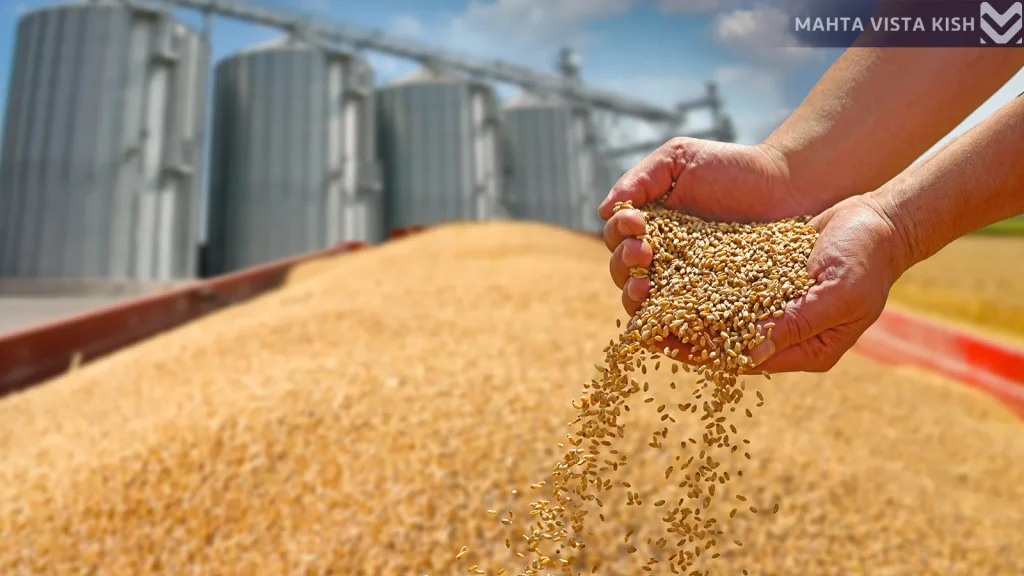Importing Grains to Iran, On-Time and High-Quality Supply Solutions for Domestic Industries
Iran, as a populous country with large-scale nutritional needs, has become one of the world’s largest grain importers. Grains such as wheat, corn, barley, and rice play crucial roles in food production, bakeries, and livestock and poultry feed. Since domestic production cannot meet all industry demands, importing grains from different countries has become essential. In this article, we examine trends in grain imports to Iran, introduce the grain-exporting countries to Iran, characteristics of exporting countries, explore grain export solutions, and cover everything you need to know about this field.

Grain Import Trends in Recent Years
According to Iran Customs statistics, rising demand for grains has significantly increased imports in recent years. The table below compares the imports of wheat, corn, barley, and rice in 2020, 2021, and 2022, demonstrating an uptrend over the past three years:
| Year | Wheat (tons) | Corn (tons) | Barley (tons) | Rice (tons) |
| 2020 | 2,000,000 | 1,000,000 | 800,000 | 900,000 |
| 2021 | 2,200,000 | 1,100,000 | 850,000 | 950,000 |
| 2022 | 2,500,000 | 1,200,000 | 900,000 | 1,000,000 |
This trend illustrates that wheat imports have seen the highest growth in recent years. Imports of corn and barley have also increased.
Grain-Exporting Countries to Iran
To supply Iran’s domestic market, several countries export grain to Iran. Some of the main grain-exporting countries include:
Wheat: Russia and Kazakhstan are among the primary wheat exporters to Iran. These two countries, with annual production of millions of tons, can effectively meet Iran’s market demands.
Corn: The United States of America and Brazil are the most important corn exporters to Iran. The imported corn is primarily used for livestock and poultry feed.
Barley: Russia and Kazakhstan are the main suppliers of barley to Iran. This product, for the most part, is used in the livestock industry.
Rice: India and Pakistan are the main rice exporters to Iran. These two countries produce various types of rice and can fulfill a large share of Iran’s rice consumption needs
Characteristics of Countries Exporting Grains
Grain-supplying countries not only account for the majority of Iran’s grain imports through large production volumes, but they also compete on the basis of quality and affordability. These countries focus on the following criteria to strengthen their position in the global market for exporting grain:
Adherence to international standards: Exporters of grain to Iran consistently produce and supply their products based on international production and agricultural standards, ensuring the quality of products.
Competitive prices: Due to favorable climatic and agricultural conditions, producing grains in grain exporting countries enable them to offer grains at more competitive prices than other exporters.
High levels of production: Being the world’s leading grain producers, these countries are able to easily meet other countries’ enormous import needs because of their high level of production.
Mahta Vista Kish: A Reliable Supplier of High-Quality Grains
Mahta Vista Kish, which has more than 20 years of experience in importing raw materials and grains, stands as one of the foremost suppliers of these products to local industries. by maintaining long-term relationships with credible, world-class suppliers in developed nations like Russia, Kazakhstan, the UAE, and the USA, the company has managed to import high-grade raw materials that meet international standards to Iran.

Benefits of cooperation with Mahta Vista Kish
- Global reliable supply network: Collaboration with well-known suppliers and the use of raw materials that meet international standards is one of Mahta Vista Kish’s strongest points.
- Efficient supply chain management: Mahta Vista Kish ensures maximum import efficiency through smart supplier selection and timely delivery of raw materials.
- Guaranteed quality and competitive prices: The company is always trying to import the highest quality grains according to international standards at the most favorable prices through cost-saving mechanisms to minimize expenses.
- On-Time delivery: Thanks to its familiarity with fast transportation solutions and fully cooperating with customs personnel, Mahta Vista Kish delivers grain orders to purchasers as quickly as possible with minimum delays.

Challenges and Solutions for Mahta Vista Kish in Grain Imports
- Currency and exchange rate issues and their consequent volatility are the greatest challenges in grain imports. Mahta Vista Kish has reduced these challenges and ensured timely imports by embracing modern international payment methods and collaborating with reputable banks.
- Customs Challenges and Grain import from countries with special customs regulations can be troublesome. Mahta Vista Kish has tried its best to overcome such difficulties by having a professional legal department and close coordination with customs authorities.
- Global grain price fluctuations can vary and influence imports. Mahta Vista Kish overcomes this uncertainty by carefully analyzing international market trends and predicting price fluctuations.
Why Choose Mahta Vista Kish?
Mahta Vista Kish, being one of the prominent grain suppliers, has earned domestic industries’ confidence. Through effective management of the supply chain, timely import of raw materials, and efficient pricing policy, the firm imports high-quality grains at low prices. With the rising demand for grains in different industries, their imports are likely to rise in the next few years. Mahta Vista Kish is prepared with professional advice and complete assistance to fulfill your import requirement of grains. Contact us for more information and a free consultation.

